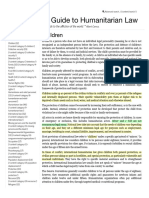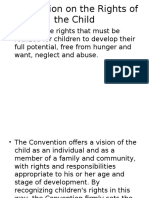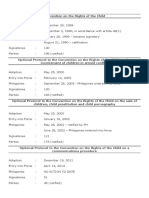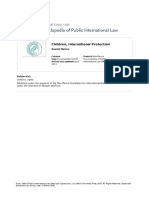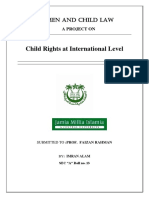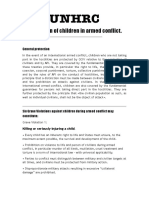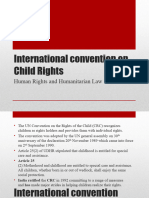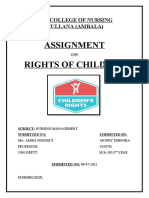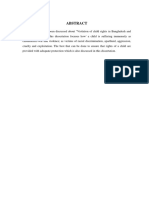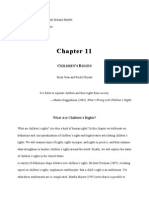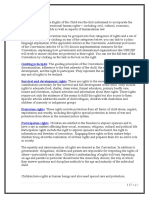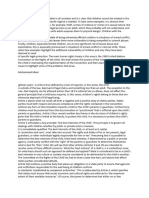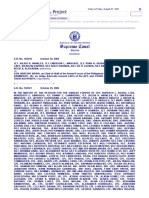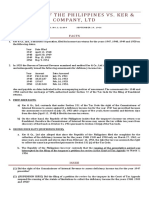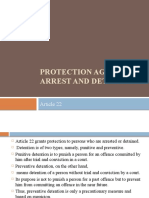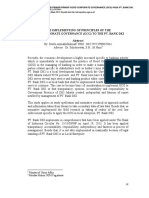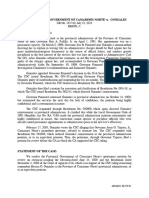0% found this document useful (0 votes)
121 views14 pagesGurei, Main Campus Juba County, Central Equatoria State Republic of South Sudan
This document provides an overview of the legal and normative frameworks for child protection at the international, regional, and domestic levels in South Sudan. It discusses the three main frameworks - international legal and normative framework including international humanitarian law, human rights law, and refugee law; UN Security Council resolutions and peacekeeping mandates; and UN policies on child protection. Key instruments discussed include the UN Convention on the Rights of the Child, the African Charter on the Rights and Welfare of the Child, South Sudan's Transitional Constitution and Child Act, and the International Labor Organization Convention 182.
Uploaded by
philipCopyright
© © All Rights Reserved
We take content rights seriously. If you suspect this is your content, claim it here.
Available Formats
Download as DOCX, PDF, TXT or read online on Scribd
0% found this document useful (0 votes)
121 views14 pagesGurei, Main Campus Juba County, Central Equatoria State Republic of South Sudan
This document provides an overview of the legal and normative frameworks for child protection at the international, regional, and domestic levels in South Sudan. It discusses the three main frameworks - international legal and normative framework including international humanitarian law, human rights law, and refugee law; UN Security Council resolutions and peacekeeping mandates; and UN policies on child protection. Key instruments discussed include the UN Convention on the Rights of the Child, the African Charter on the Rights and Welfare of the Child, South Sudan's Transitional Constitution and Child Act, and the International Labor Organization Convention 182.
Uploaded by
philipCopyright
© © All Rights Reserved
We take content rights seriously. If you suspect this is your content, claim it here.
Available Formats
Download as DOCX, PDF, TXT or read online on Scribd
/ 14



